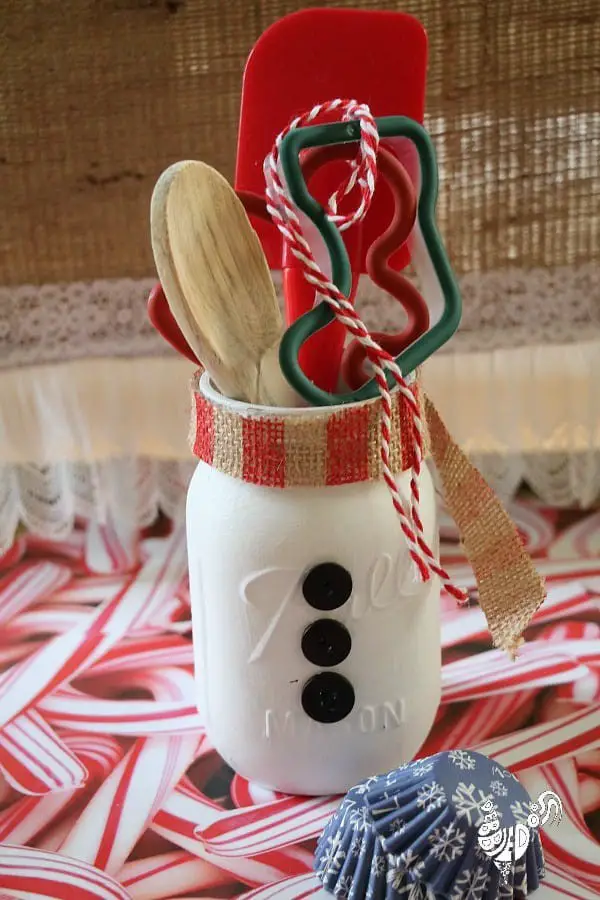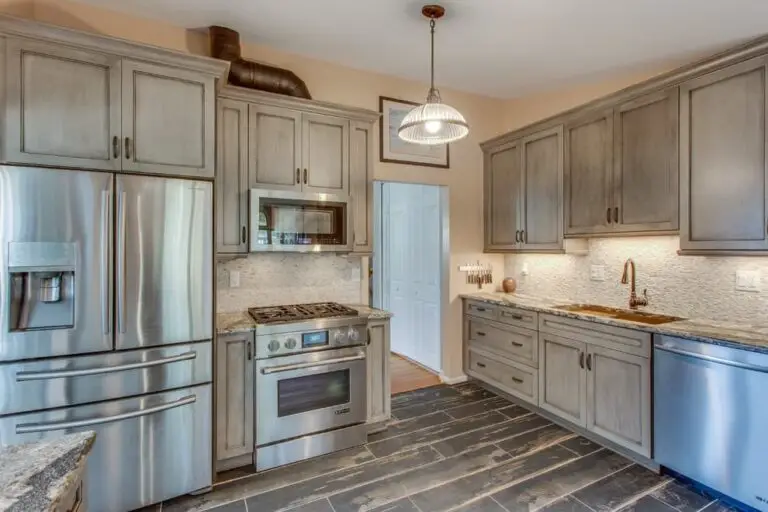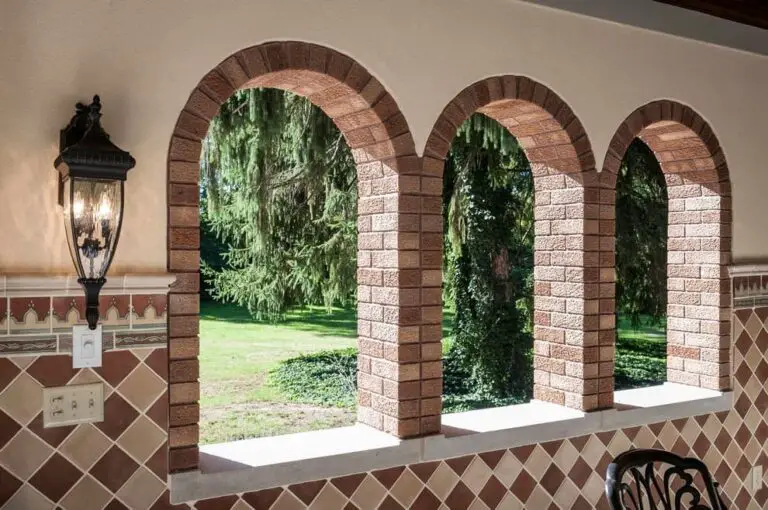Kitchen Cabinet Knob And Pull Placement: How To Get It Right
When it comes to placing knobs and handles on your kitchen cabinets, there are several factors to consider. The key is to strike a balance between functionality and aesthetics. Ideally, the placement of hardware should allow for easy access from any angle, while also complementing the overall design of your kitchen. In this article, we’ll explore some guidelines for achieving the perfect combination.
Why does Your Cabinet Hardware Placement Matter?
The seemingly insignificant placement of cabinet hardware has a profound impact on the overall aesthetic and functionality of your kitchen. A misaligned or misplaced handle can create an unbalanced visual effect, making your cabinets appear unevenly proportioned. Furthermore, unconventional hardware placement can contribute to clutter and visual disarray in the room.
Moreover, poorly situated handles can compromise the usability of your cabinets by making it difficult to open and close doors smoothly. In some cases, handles placed too close to the door edge may even cause warping over time. As such, when planning a kitchen renovation, it’s essential to consider the placement of cabinet hardware to ensure a harmonious and functional space.
What is the rule of thumb for cabinet hardware?
When selecting cabinet hardware, it’s crucial to consider multiple factors that can impact the overall aesthetic and functionality of your kitchen. While there is no single solution that works for everyone, a few general guidelines can guide your decision-making process.
Firstly, the scale of your cabinets should be taken into account. For larger cabinets, you’ll want hardware that’s similarly proportionate, such as knobs or pulls with a substantial presence.
Conversely, smaller cabinets call for more diminutive hardware to avoid overwhelming the space.
The finish of your cabinets is another critical consideration. Light-colored cabinets typically benefit from matching hardware finishes, like stainless steel or brushed nickel, which blend harmoniously into the surrounding environment. Dark-colored cabinets, on the other hand, can be enhanced by contrasting hardware with finishes such as brass or oil-rubbed bronze.
Lastly, your personal style should also play a significant role in determining the type of cabinet hardware you choose. Traditional tastes may lean towards classic knob or pull designs with simple profiles, while modern sensibilities might favor sleek, minimalist pulls that add a touch of contemporary flair.
Where should Pulls be placed on kitchen cabinets?
While opinions on the ideal placement of pulls vary, some proponents argue that centering them on each cabinet door creates a symmetrical and balanced look. Others advocate for positioning them closer to the top or bottom of the doors, citing ease of use and ergonomic considerations. A third perspective suggests that the placement of pulls is ultimately a matter of personal preference, as long as they serve their purpose effectively and aesthetically.
Cabinet Knob Placement on Doors.
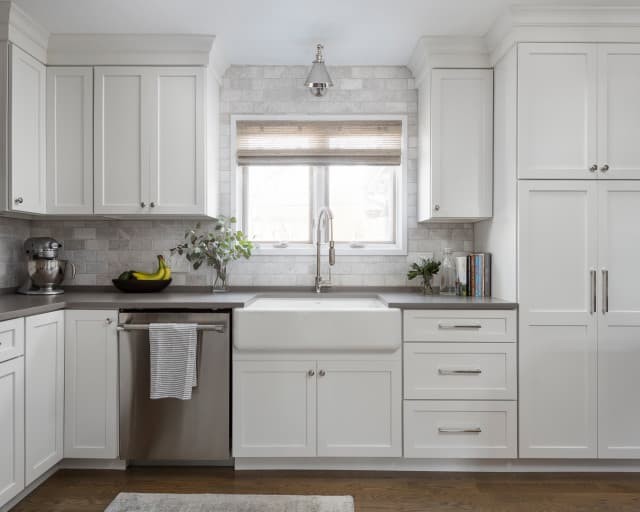
When selecting cabinet knobs, it’s crucial to consider the placement on the door, as this small detail can greatly impact the overall aesthetic and functionality of the piece. To avoid an unbalanced look, take the time to carefully measure the door’s width and height, as well as the knob’s dimensions. With these measurements in hand, you can begin exploring various placement options.
Two common approaches are centering the knob in the middle of the door for a symmetrical, traditional appearance or placing it slightly off-center for a modern, more functional look that’s particularly useful when multiple doors need to be opened. The choice ultimately depends on your personal preference and the style you’re aiming to achieve in your home. Once you’ve settled on the placement, focus on selecting the perfect style to complement your space.
With numerous options available, take the time to browse and find the one that resonates with you, whether it’s a classic round knob or something more unique. By carefully considering these factors, you’ll be able to create a cohesive look that enhances the overall ambiance of your home.
Knobs.
When it comes to placing cabinet knobs on doors, there’s no one-size-fits-all solution. However, considering a few key factors can help you make an informed decision that suits your unique space. Ease of use is crucial – if young children are involved, ensure the knobs are out of reach or place them higher up for safety. Additionally, take into account the width of your doors. Narrower doors benefit from knobs closer to the edge, while wider doors allow for central placement.
Lastly, consider the overall aesthetic you’re aiming for with your cabinets and doors. For traditional styles, center-located knobs might be the way to go, whereas modern designs can benefit from offset or asymmetrical placements.
Pulls
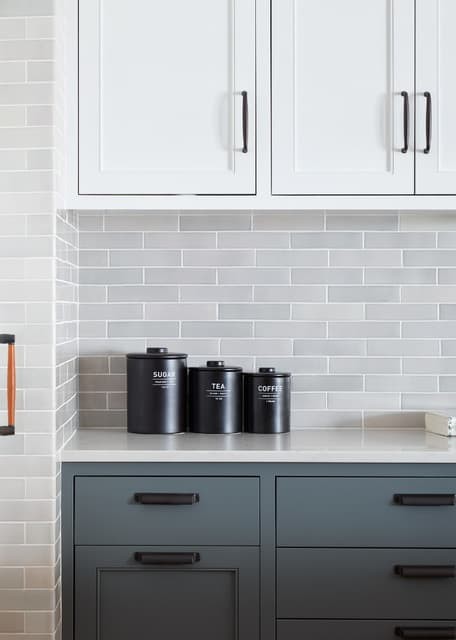
When designing your kitchen, choosing the right cabinet pulls is a crucial decision. These hardware pieces are not only functional but also decorative, coming in a wide range of styles, colors, and materials. The placement of cabinet pulls can significantly impact the overall aesthetic of your kitchen. To achieve the desired look, consider the following tips for placing your cabinet pulls:For a straightforward, functional approach, place them in the center of the door.
This layout ensures easy access and use, making it an ideal choice for those prioritizing convenience. If you aim to add visual flair, try offsetting your cabinet pulls slightly from the center. This placement creates a unique look, making your doors appear wider and adding a touch of personality to your kitchen. Alternatively, opt for asymmetrically placed cabinet pulls.
This layout introduces visual interest, helping to balance out the overall design of your kitchen and creating a distinctive appearance.
Bar and Wire Pulls
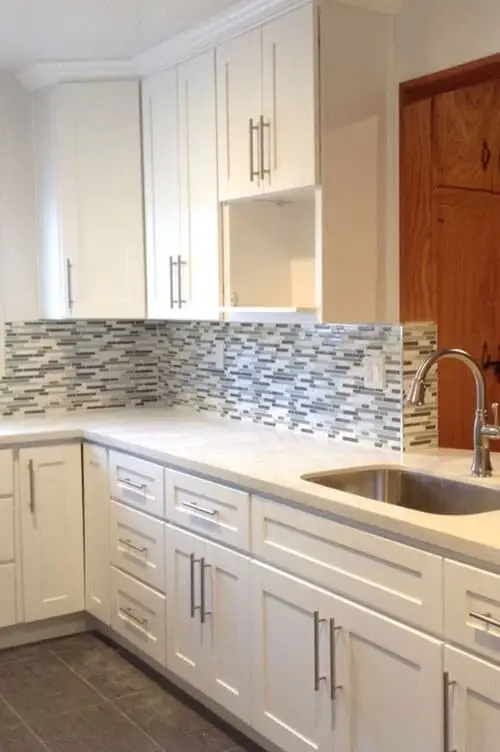
When it comes to updating the look of your cabinets with cabinet bars and wire pulls, there are a few key considerations to keep in mind. The placement of these decorative elements can make all the difference in terms of functionality and visual appeal. For lower cabinets, positioning the pulls in the center of the door ensures they’re easily accessible. In contrast, upper cabinets can accommodate pulls either at the center or slightly towards the top edge.
A crucial consideration for glass-fronted cabinets is placing the pulls near the bottom to keep them out of view from outside, thereby maintaining a seamless appearance.
Finger Pulls
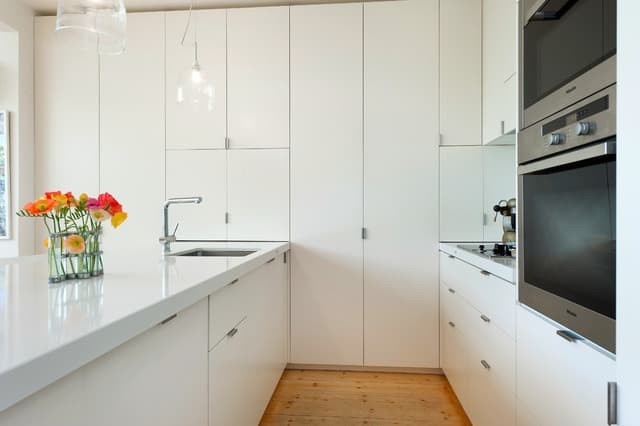
Cabinet finger pulls showcase a diverse array of shapes, sizes, and finishes. However, their placement on the door is the key consideration when selecting the perfect one. This fundamental aspect can significantly impact the overall aesthetic appeal of your cabinets. The orientation of the finger pull itself is also crucial, as it can be positioned horizontally or vertically, depending on the door style.
For instance, horizontal finger pulls are commonly used on shaker-style doors, while vertical finger pulls are more often seen on flat-panel doors. A thoughtful consideration of these factors will ensure that your cabinet finger pull selection harmonizes with the overall design and functionality of your cabinets.
Cabinet Knob Placement on Drawers
When it comes to placing cabinet knobs on drawers, achieving the perfect balance between functionality and aesthetics can be a challenge. To get started, consider the size of your drawer in relation to your knobs. Smaller drawers require smaller knobs to avoid an disproportionate look, while larger drawers can accommodate bigger knobs as long as they don’t overwhelm the space. Another key factor is the placement of the knob relative to the drawer itself.
Typically, centering the knob looks best, but there may be situations where offsetting it slightly creates a more intentional design.
Pulls
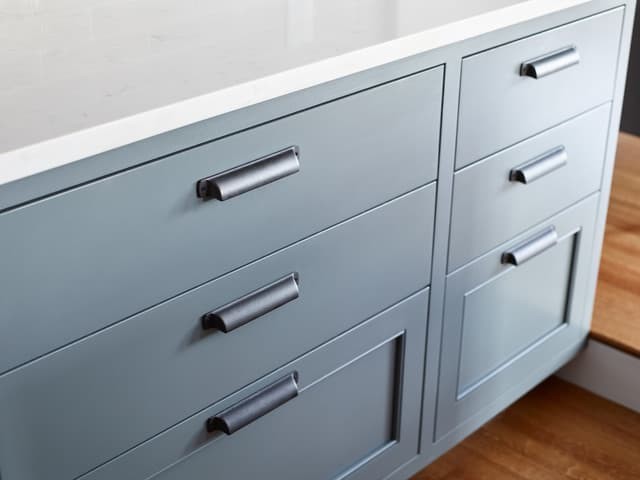
When it comes to placing pulls in your drawers, there’s no one-size-fits-all solution. Instead, consider three key factors: pull size, usage habits, and overall kitchen style.
Firstly, assess the size of your pulls. Smaller ones might fare better near the drawer edges, while larger ones could benefit from being centered. This consideration sets the stage for where you’ll place them.
Next, think about how you plan to use the drawer.
If you tend to open it with your hands full, edge-placing becomes a practical choice, ensuring easy access. On the other hand, if you’re comfortable opening it with your fingers, center- placement could be the way to go.
Lastly, keep in mind the overall aesthetic of your kitchen. A traditional setup might call for centered pulls, while a modern design could encourage experimentation and creative placement options.
By considering these factors, you’ll find the perfect balance between form and function.
Cup Pulls
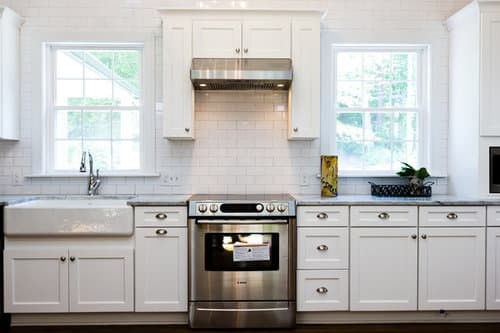
The placement of cup pulls ultimately hinges on the size and style of the pulls themselves. For smaller pulls, a central positioning in the drawer is ideal. Conversely, larger pulls are best suited for a spot closer to the edge of the drawer. In some cases, two pulls can be used effectively on larger drawers, one on each side. Yet, we caution against exceeding this threshold, as it can lead to visual overload.
Finger Pulls
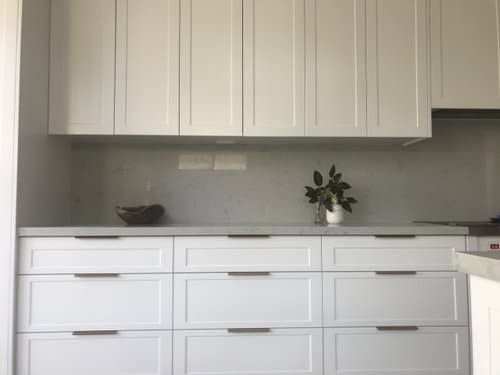
When selecting the placement of cabinet finger pulls in your kitchen design, several factors come into play. One crucial consideration is the height of your cabinets themselves. Taller units may benefit from pull placement at the bottom, providing a more ergonomic experience for users. Another key factor is the style and aesthetic you’re aiming to achieve with your kitchen layout.
A traditional or classic setup might be better suited to top-mounted pulls, while modern or contemporary designs could accommodate either placement option. Ultimately, the decision on where to place cabinet finger pulls rests with you, allowing you to tailor the design to your personal preferences and functional needs.
Bar and Wire Pulls.
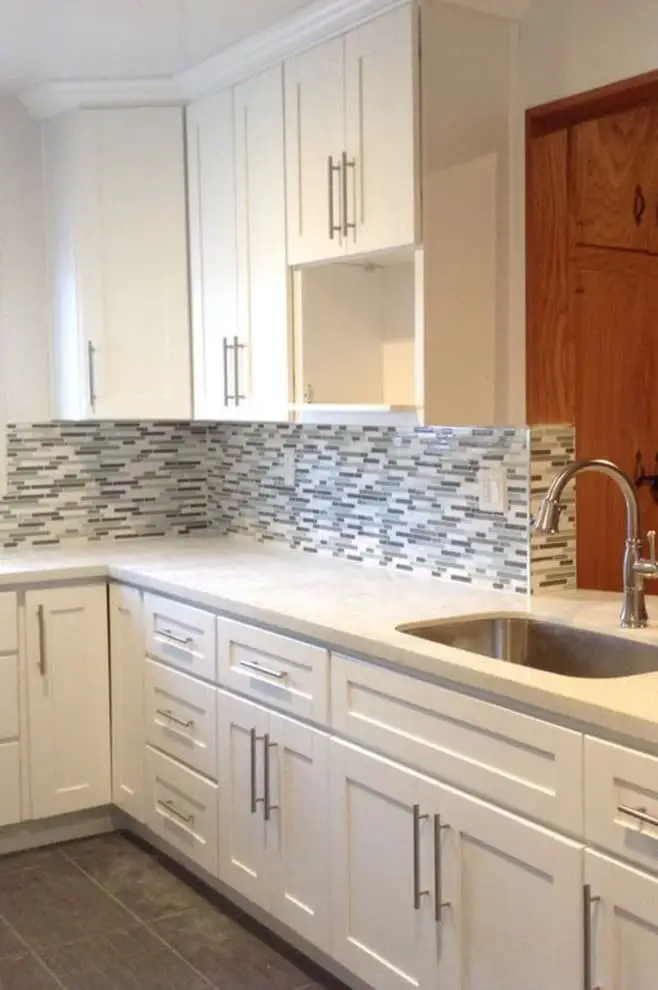
When deciding where to place bar and wire pulls on drawers, it’s essential to consider multiple factors. The most popular choice is the center of the drawer, but some people prefer an off-center placement. Before making a decision, think about how you typically use your drawers. If you often open them with one hand, placing the pulls in the center might be more comfortable. Conversely, if you usually need both hands or have deep drawers, an off-center placement could be more practical.
In addition to functionality, consider the aesthetic appeal of your drawers. A centered pull can create a symmetrical look, whereas an off-centered one can add visual interest and variety. Ultimately, keep in mind that the placement is not set in stone; if you’re not satisfied with the look, you can always adjust it.
The key takeaway is to experiment until you find a placement that suits your needs and personal taste.
Cabinet Pull Placement On Appliances.

When it comes to placing cabinet pulls, there’s no one-size-fits-all solution. Ultimately, the decision boils down to personal preference. However, before making your choice, consider a few key factors. If you opt for a central placement, ensure the pulls are evenly spaced to avoid any lopsidedness. Take the time to measure and mark where you want them to go before drilling any holes.
On the other hand, if you prefer to place the pulls closer to the top or bottom of the door, keep in mind they’ll be more visible from the outside. This might not be a concern if your appliances are hidden behind closed doors, but it’s something to consider if they’re going to be on full display. Once you’ve decided where to place your cabinet pulls, drill the holes with care. Use a drill bit that matches the size of the screws you’ll be using to attach the pulls.
This will ensure a secure fit and prevent the screws from stripping the holes.
What size should cabinet pulls be?
The size of cabinet pulls is influenced by several factors, including the dimensions of your cabinets and the aesthetic of your kitchen. To achieve a harmonious look, it’s essential to consider these variables when selecting your pulls. For instance, small cabinets require smaller pulls to avoid an overwhelming appearance, while larger cabinets necessitate larger pulls for proportionality.
Similarly, a modern kitchen demands pulls that mirror its sleek style, whereas a more traditional setting may call for ornate or classic designs.
What size should cabinet knobs be?
When it comes to cabinet knobs, size can be a crucial factor in achieving the desired aesthetic. The style of the cabinets plays a significant role in determining the ideal knob size. Shaker-style cabinets, for instance, often feature smaller knobs that blend seamlessly into the overall design, whereas more ornate cabinets may require larger knobs to create visual balance and harmony.
Ultimately, it’s up to the homeowner to consider their personal taste, kitchen layout, and decor style when selecting the perfect knob size.
Where do pulls go on Shaker cabinets?
The placement of handles on a Shaker cabinet can vary depending on the specific design. Some Shaker cabinets feature top-mounted pulls, while others opt for bottom-mounted ones. Additionally, there are instances where no pulls are included at all. If you’re unsure about the location of your Shaker cabinet’s handles, consulting the manufacturer’s guidelines is the most reliable approach.
Despite this variability, many individuals concur that pull placement looks most aesthetically pleasing when centered on the Shaker cabinet door. This layout allows for easy accessibility and prevents obstruction while opening or closing the door.
Can you mix knobs and handles on kitchen cabinets?
While you can combine different pieces of hardware on your kitchen cabinets, there are a few key considerations to keep in mind. Firstly, ensure that the overall aesthetic of each piece cohesively comes together. This means selecting hardware with similar styles or complementary designs. Secondly, pay attention to the finish of each piece, ensuring they harmoniously blend together. Finally, consider the size of each hardware component and guarantee it is proportional to the surrounding pieces.
Where should drawer handles be placed?
While there’s no one-size-fits-all solution, two popular approaches exist when it comes to handle placement. Some individuals suggest situating them in the center of the drawer for optimal balance. Others prefer a more accessible arrangement, placing them closer to the edge of the drawer. Ultimately, the decision hinges on personal preference. Regardless of your choice, it’s crucial that the handles are firmly attached and won’t become loose over time.
How Do You Install Handles On New Kitchen Cabinets?
To commence the installation process, begin by pinpointing the precise location of the handles on your doors. While most handles typically reside in the center, some may require a slightly offset placement. Once you’ve determined the correct position, mark it with a pencil for reference. Next, employ a drill to create pilot holes for your screws, taking into account the size of the screws you plan to use. This step is crucial in ensuring a secure and even attachment process.
Finally, utilize a screwdriver to firmly attach the handles to their respective doors. Be sure to select screws that are sufficiently long to traverse both the door and handle with ease. As you tighten the screws, ensure they’re snug but avoid over-tightening, which can cause damage or strain on the surrounding materials.
Should cabinet handles be horizontal or vertical?
When it comes to choosing between horizontal and vertical handles for your kitchen utensils or appliances, personal taste plays a significant role. While some individuals may opt for horizontal handles due to their ergonomic design and ease of grip, others might prefer the sleeker look and feel of vertical handles. Ultimately, the decision boils down to what resonates with you in terms of aesthetics and usability – what works best for your kitchen workflow and visual appeal.
Conclusion
To complete the makeover of your kitchen cabinets, it’s time to focus on installation. Fortunately, this step is relatively quick and easy, requiring only a few minutes of your time. Begin by screwing in the new hardware using either a drill or screwdriver. When selecting screws for your cabinets, be mindful that the wrong type could compromise the integrity of the installation. If you’re uncertain about the appropriate fasteners to use, consider consulting with a professional for guidance.
With these simple steps completed, you’ll be able to give your kitchen cabinets a fresh new look that will have a profound impact on the overall aesthetic of the room.
Related Posts
Pursuing a career as a kitchen and bath designer requires a strategic approach. To embark on this journey, one must first understand the various design layouts that can maximize space in kitchens, particularly in Singapore where kitchen real estate is highly valued. In fact, renovating a kitchen requires careful consideration of numerous factors, including countertop selection. Choosing the right countertop material is crucial for both aesthetics and functionality.
Moreover, giving your kitchen a makeover demands attention to detail, as even the smallest design elements can make or break the overall ambiance. Interestingly, white cabinets have gained popularity in recent years, offering a clean and timeless look that seamlessly integrates with various design styles.

